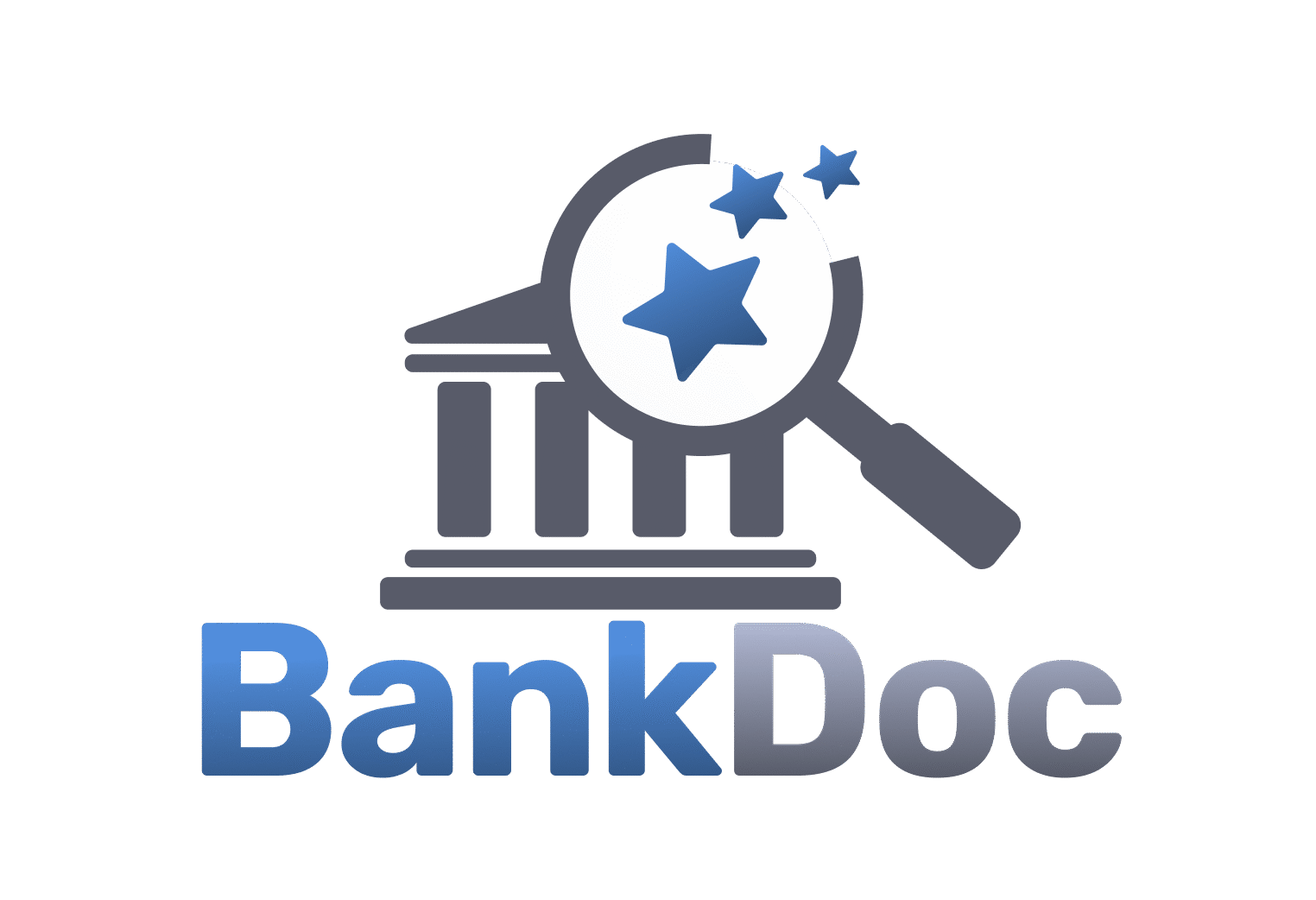Direct deposit is the fastest, most secure way to receive recurring payments—whether it’s your salary, pension, benefits, or vendor invoices—directly into your bank account. In the European Union, these transfers are standardized through the Single Euro Payments Area (SEPA), enabling seamless, low‑cost euro‑denominated transactions across 36 participating countries. This guide will walk you through everything you need to know to set up direct deposit in the EU, from gathering your banking details to troubleshooting common hiccups.
1. Understanding SEPA and Direct Deposit
1.1 What Is SEPA?
- Single Euro Payments Area: A payment‑infrastructure initiative that harmonizes euro payments within the EU plus a few additional countries (e.g., Norway, Iceland, Switzerland).
- Scope: Covers credit transfers, direct debits, and card payments in euros.
- Benefits: Transactions within SEPA cost the same—or less—than domestic transfers; settlement times are standardized (often one business day).
1.2 Direct Deposit vs. Direct Debit
- Direct Deposit (Credit Transfer): Payer initiates the transfer to your account (e.g., an employer pays your salary).
- Direct Debit: You authorize a third party to pull funds from your account on agreed dates (e.g., utility bills).
- This guide focuses on credit transfers (i.e., direct deposit).
2. Why Use Direct Deposit in the EU?
- Speed: Funds typically arrive on the same or next business day once the transfer is initiated.
- Safety: Eliminates the risk of lost or stolen checks and reduces manual handling errors.
- Cost‑Effectiveness: SEPA transfers are often free or incur minimal fees, even cross‑border.
- Reliability: Automated, predictable payment dates—no more waiting in line at the bank.
3. Information You’ll Need
Before you can receive a direct deposit, you must provide your payer with accurate banking details:
| Detail | What It Is |
|---|---|
| IBAN | International Bank Account Number (up to 34 alphanumeric characters) identifying your country, bank, and account. |
| BIC / SWIFT Code | Bank Identifier Code (8–11 characters) identifying your bank internationally. |
| Account Holder Name | The exact name registered on the bank account. |
| Account Type | Typically “Current Account” or “Savings Account.” |
| Bank Name & Address | Full legal name and, if required, the branch address. |
Tip: Many banks allow you to download or print a “bank details confirmation” directly from your online banking portal.
4. Step‑by‑Step Setup Process
- Log In to Your Online Banking
- Retrieve your IBAN and BIC/SWIFT code.
- Confirm your account’s exact name and address details.
- Complete Your Employer’s (or Payer’s) Form
- Enter your banking details into your company’s payroll system or provide a signed mandate form.
- Double‑check each field to avoid typos—an incorrect digit can delay or misdirect the payment.
- Submit the Authorization Mandate
- Some organizations require a signed SEPA mandate; others accept digital confirmation.
- Retain a copy for your records.
- Verify the First Test Payment
- Many employers send a small “test” amount (e.g., €0.01) to confirm your details.
- Confirm receipt, then notify the payer to proceed with the full amount.
- Monitor Your Account
- Check your balance on the scheduled payday to ensure the correct amount arrives.
- Report any discrepancies immediately to both your bank and the payer.
5. Typical Processing Times & Fees
| Transfer Type | Expected Timeframe | Typical Fee |
|---|---|---|
| Domestic SEPA Credit | Same or next business day | Often free |
| Cross‑border SEPA Credit | 1 business day | €0–€1 (varies by bank) |
| Expedited Transfers | Within hours (on request) | €5–€20+ |
Note: Weekends and public holidays may add an extra day to processing times.
6. Common Pitfalls & Troubleshooting
- Mismatched Names: Ensure your name exactly matches the account holder’s name on file.
- Old Bank Details: If you’ve switched banks, update your details well before payday.
- Unsupported Banks: Verify that both payer and payee banks participate in SEPA; most EU banks do, but some niche institutions may not.
- Currency Differences: SEPA only covers euro transfers. For other currencies, you’ll need SWIFT transfers, which can incur higher fees and longer delays.
7. Variations by Country
While SEPA makes euro transfers uniform, individual countries may have local practices:
- Germany: Employers often use “Meldebescheinigung” (confirmation of employment) alongside SEPA forms.
- France: The “Relevé d’Identité Bancaire” (RIB) is the standard bank details document.
- Spain: Look for “Número de Cuenta Cliente” (NCC) on your bank statements.
Always ask your HR or payroll department if they require specific local forms.
8. Frequently Asked Questions
Q: Can I receive direct deposits in multiple accounts?
A: Yes. Provide separate sets of IBAN/BIC details for each account and specify the allocation percentages if supported by your payroll system.
Q: What happens if the payer enters my IBAN incorrectly?
A: The transfer will typically be rejected and returned to the sender’s account. You’ll need to provide the correct details and request a new transfer.
Q: Do I need a SEPA mandate for my salary?
A: Most large employers have integrated SEPA mandates into their onboarding. If you’re self‑employed or receiving benefits, you may need to sign a separate mandate.
9. Conclusion
Setting up direct deposit in the EU is a straightforward process thanks to the SEPA framework. By gathering the correct IBAN, BIC, and account details, and following the steps outlined above, you can ensure your payments arrive on time, every time—without the costs, delays, or risks associated with paper checks. Whether you’re an employee, pensioner, or vendor, mastering direct deposit is an essential part of modern banking in Europe.


